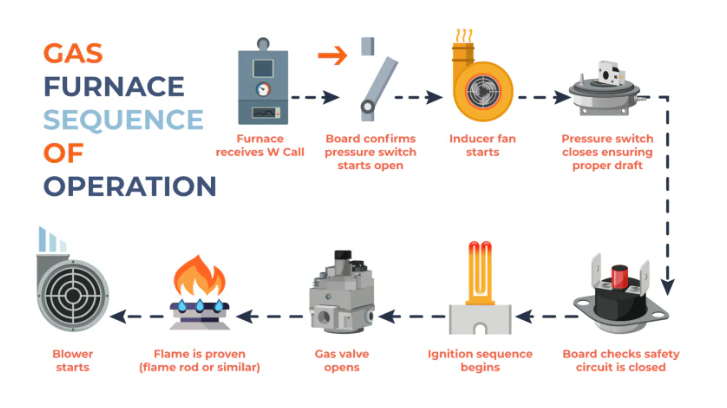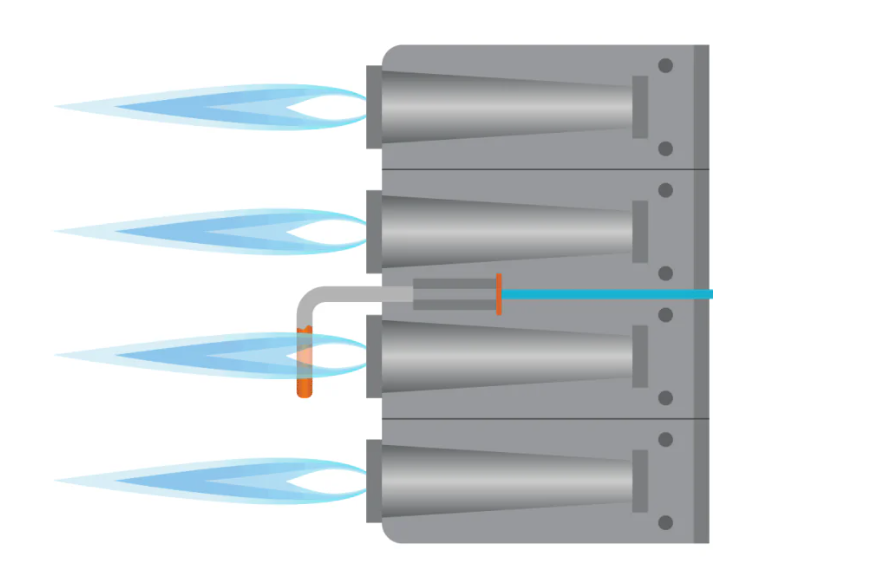Get Tech Tips
Subscribe to free tech tips.
Soft Lockout vs. Hard Lockout
If a furnace runs for years and years while tripping the limit switch but satisfies the thermostat, will it ever be noticed? The answer is most likely “no,” but it will depend on whether the furnace utilizes soft or hard lockouts when the limit switch trips. So, what is a soft lockout vs. a hard lockout, and how are they utilized? Every manufacturer will have their own system for determining when a furnace goes into a soft or hard lockout.

A soft lockout means that a safety device (such as a limit switch, pressure switch, or flame sensor) has tripped or isn’t sending the proper signal to the control board. The control board, which still has a heating call from the thermostat, will sense the fault and shut down the heating call. Then, it will restart the heating sequence of operations. If all of the safety switches prove to be working properly, the system will continue to heat until either the thermostat is satisfied or another safety device trips. Depending on the brand of equipment, certain safeties, like the primary limit switch, can trip and reset indefinitely. Think of it like someone who is trying to start a fire and just won’t give up. The fire keeps going out for various reasons, but this intrepid youngster has no quit in him and just keeps on trying.

A hard lockout begins the same way as a soft lockout but prevents the furnace from restarting the heat sequence again after the control board senses a tripped safety switch. The young lad who wants to start a fire has given up and is waiting for someone to come along and help him get started again (that’s you). Some safeties that cause a hard lockout are rollout switches, many high-limit switches, and multiple (usually 3-5) ignition attempts without the control board sensing a flame. At this point, if there is still a call for heat, typically, the blower motor and possibly the inducer motor will run indefinitely.

Keep this in mind during maintenance visits and service calls. You could have a system that seems to be working “just fine” from the homeowner's perspective but is regularly tripping limit switches and operating in ways that are harmful to the equipment long term. You could also have service calls where soft lockouts could make you scratch your head, as everything “seems fine” when you are there. Take your time, be diligent, and make sure you know how soft and hard lockouts work!
—Matt Bruner











Comments
To leave a comment, you need to log in.
Log In